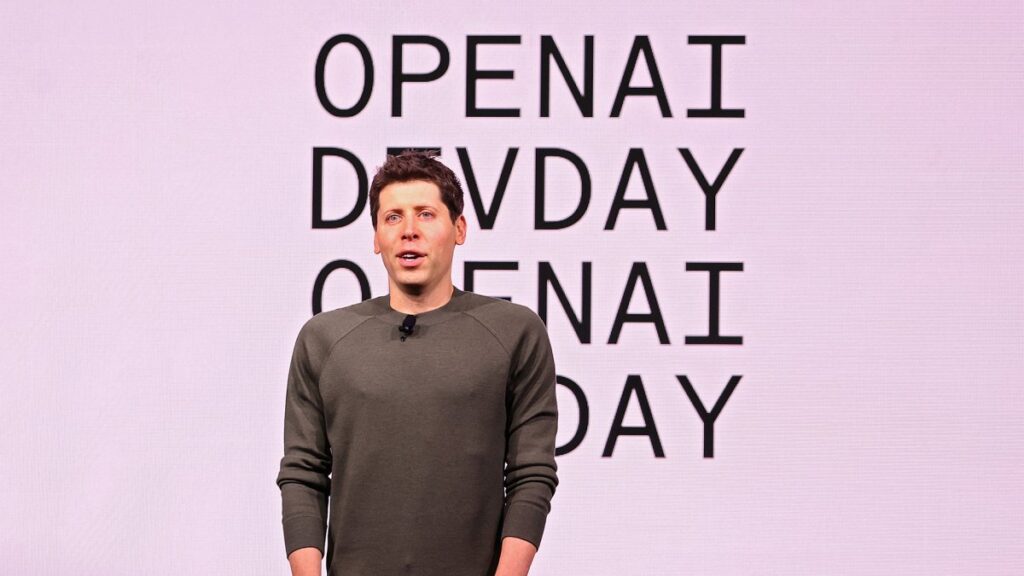OpenAI Faces Compute Challenges in the Race for AI Advancements
In a recent Reddit Ask Me Anything (AMA) session, OpenAI CEO Sam Altman candidly shared that one of the biggest hurdles the team faces is a lack of computational capacity. This limitation has had a real impact on the company’s ability to release new products at the pace they desire. Altman explained, “All of these models have gotten quite complex. We also face a lot of limitations and hard decisions about how we allocated our compute towards many great ideas.”
The Quest for Better Infrastructure
Numerous reports indicate that OpenAI is grappling with securing enough compute infrastructure to develop and train its generative models effectively. Just last week, Reuters revealed that OpenAI has been collaborating with Broadcom for several months to create a dedicated AI chip. This innovative technology could start appearing as early as 2026, which could potentially alleviate some of the compute shortages.
Delays and Setbacks
Due to these compute constraints, several expected features and product releases have faced delays. For instance, the much-anticipated vision capabilities for ChatGPT’s Advanced Voice Mode—initially teased back in April—will not be arriving anytime soon. At that time, OpenAI showcased a demo where the app interpreted visual cues from the phone’s camera; however, the demo was reportedly rushed to outshine Google’s I/O developer conference. Many insiders at OpenAI felt that these capabilities weren’t ready for public consumption, leading to further postponements.
Fortune later disclosed that the Advanced Voice Mode’s voice-only version also encountered significant hold-ups stretching over months, indicating deeper issues within the scheduling and readiness of OpenAI’s product launches.
Future Releases in Limbo
During the AMA, Altman mentioned that there’s no launch timeline set for the next major release of OpenAI’s image generator, DALL-E, stating simply, “We don’t have a release plan yet.” Meanwhile, Sora, their ambitious video generation tool, has faced numerous technical challenges. Kevin Weil, OpenAI’s Chief Product Officer, explained that Sora’s launch is contingent on perfecting the model, ensuring safety features are in place, and scaling compute resources. The original version of Sora has been reported to require more than ten minutes of processing time for just one minute of video, a significant bottleneck compared to competing systems from companies like Luma and Runway.
Adding to the tumult, Tim Brooks, one of the co-leads of the Sora project, recently moved to Google, potentially impacting the project’s progress further.
Looking Ahead
In the latter part of the AMA, Altman stated that OpenAI is still contemplating allowing “NSFW” content on ChatGPT in the future, emphasizing their belief in treating adult users like adults. But for now, the company’s top priority is enhancing its O1 series of reasoning models. At their DevDay conference in London, attendees caught a glimpse of exciting new features, including advancements in image understanding.
While Altman teased that “we have some very good releases coming later this year,” he clarified that none of these would be branded as GPT-5.
The Road Ahead
As OpenAI continues to navigate these significant challenges and work toward innovative solutions, the excitement surrounding their future releases remains palpable. The AI Buzz Hub team is excited to see where these breakthroughs take us. Want to stay in the loop on all things AI? Subscribe to our newsletter or share this article with your fellow enthusiasts.




